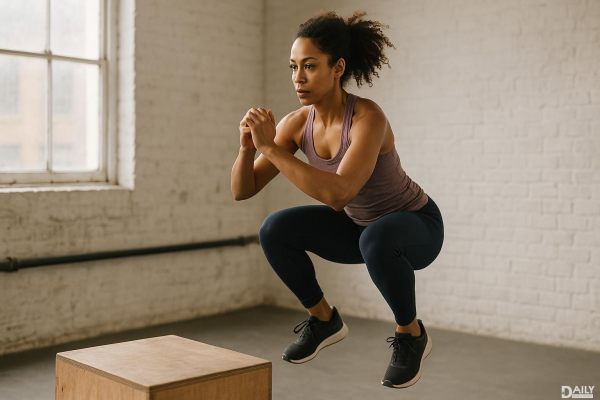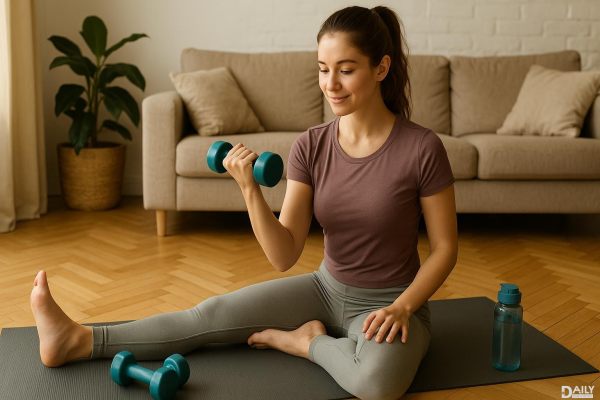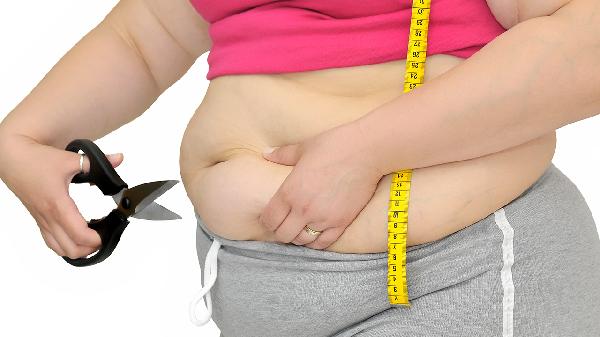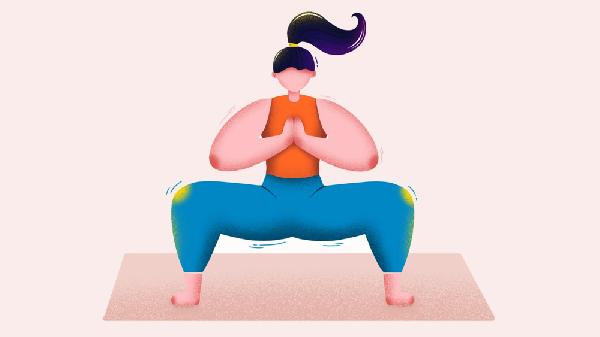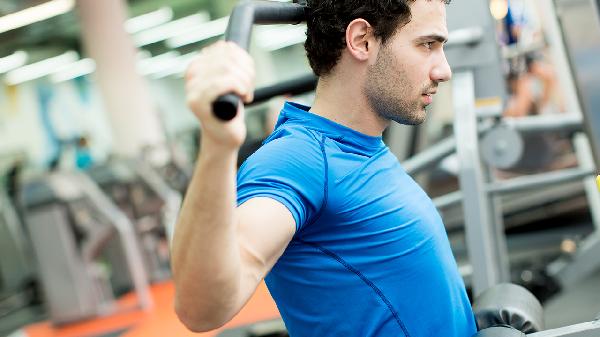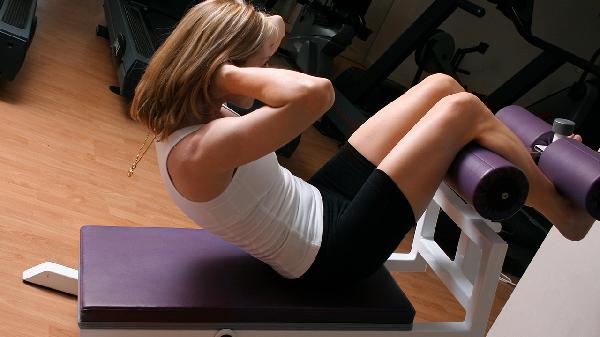Alright, let’s break it down: bilateral training (using both sides at once, like squats or bench presses) vs. single-sided training (working one side at a time, like lunges or single-arm rows). Both have their perks, but which one’s the real MVP for muscle growth, strength gains, and sport performance? Here’s the lowdown.
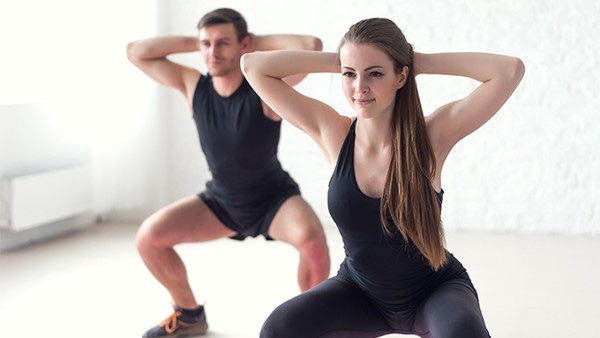
1. Muscle Growth: The Hypertrophy Showdown
Verdict: Both are solid, but bilateral training takes the crown for overall muscle mass, while single-sided training is your go-to for fixing imbalances.
2. Strength Gains: The Power Play
Verdict: Bilateral training wins for max strength, but single-sided training is a must for balanced, functional power.
3. Sport Performance: The Athletic Edge
Single-sided training takes the W for sport-specific performance, but bilateral training still deserves a spot in your routine for foundational power.
The Bottom Line
Why choose when you can have both? A mix of bilateral and single-sided training is the ultimate combo for well-rounded fitness. Use bilateral moves to build strength and muscle, and sprinkle in single-sided exercises to fix imbalances, improve stability, and crush it in your sport.
Your move: Drop your favorite bilateral or single-sided exercise below—or tag a gym buddy who needs to switch up their routine!

